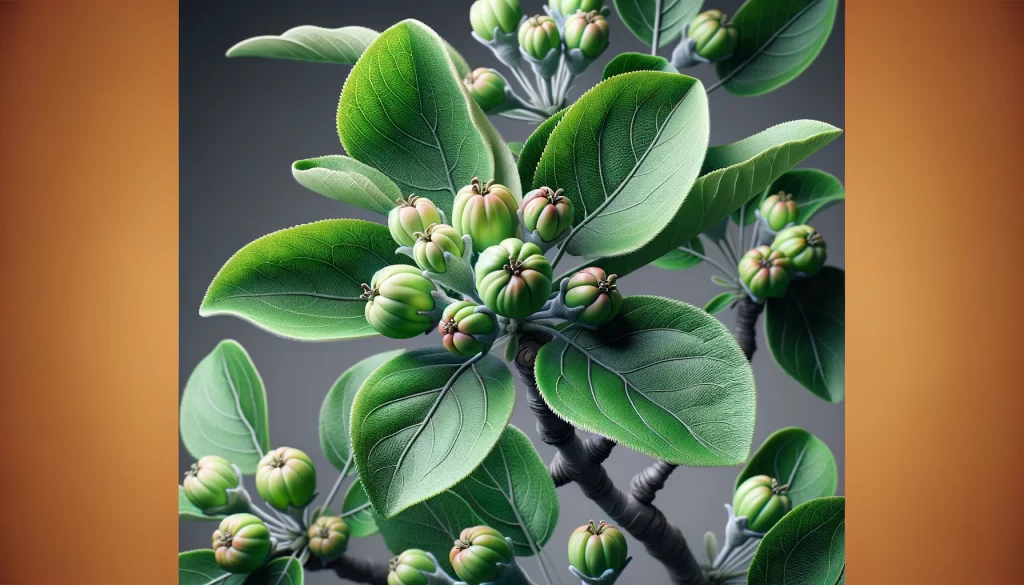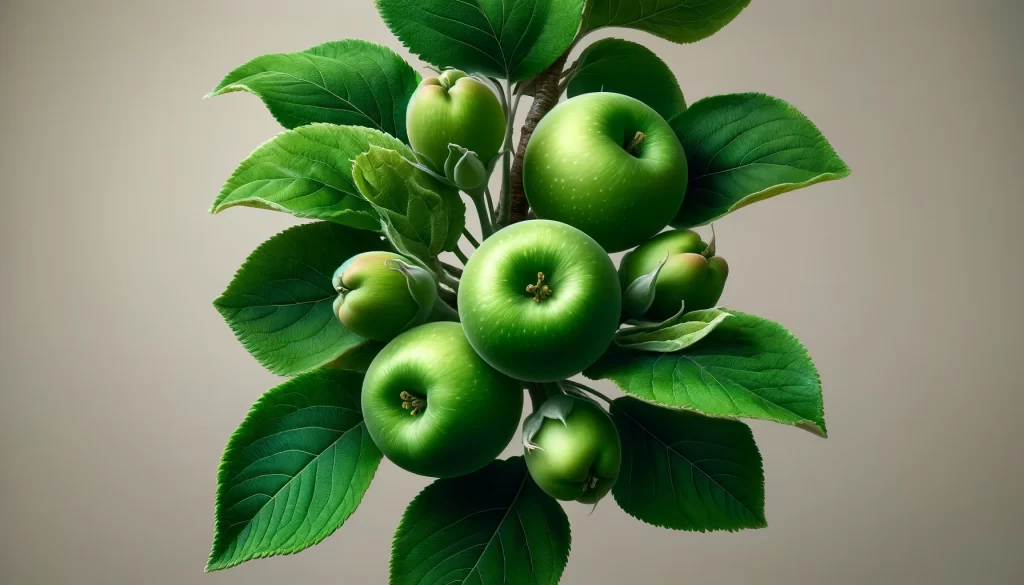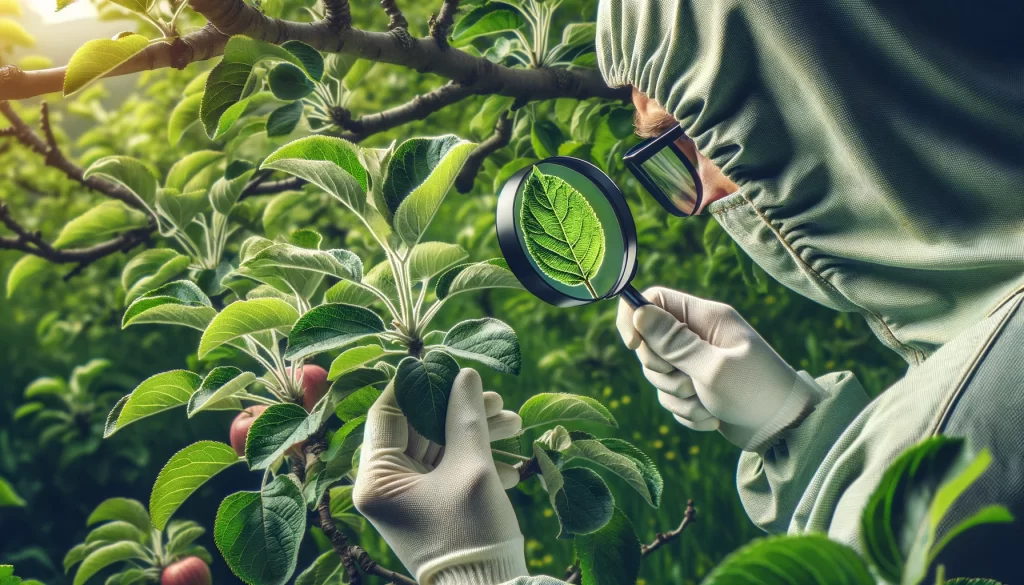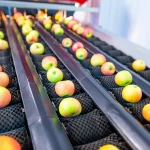Apple cultivation is one of the fundamental pillars of agriculture in many regions of the world, not only for its economic importance but also for its cultural and historical value. Since time immemorial, the apple has been revered for its culinary versatility, unmatched flavor, and ability to adapt to a wide range of climates and soils. However, behind the beauty and taste of this iconic fruit lies a fascinating life cycle that encompasses various phenological stages, each crucial for its development and production.

The phenological stages of apple cultivation are not only crucial for agricultural producers seeking to maximize their harvests but also for scientists, researchers, and agriculture enthusiasts seeking a better understanding of the biological processes driving the growth of this fruit tree. From winter dormancy to fruit ripening, each stage in the apple’s life cycle presents unique challenges and opportunities that influence its quality, yield, and longevity.
In this presentation, we will explore in detail the phenological stages of apple cultivation, from the awakening of the plant in spring to the harvesting of ripe fruits in autumn, highlighting the distinctive characteristics of each phase and its importance in the production process. By understanding these phenological stages, we can better appreciate the complexity and beauty of one of the world’s most emblematic crops, the humble yet powerful apple.

Phenological Stages of Apple Cultivation
The phenological stages of apple cultivation vary depending on the classification used, but here I provide you with a general description of the main stages:
Soil Preparation
Before budding, soil preparation is done, including tillage, leveling, and application of organic or mineral amendments as needed to improve soil structure and provide necessary nutrients for plant growth.

Budding and Bud Development
During this stage, buds begin to swell and develop in response to increasing spring temperatures and sunlight. Close monitoring is required to ensure proper shoot development.
Budding and bud development mark the beginning of the active growth cycle of apple trees after winter dormancy. This stage is a crucial time for plant development as it lays the groundwork for future fruit production and overall tree health.

During winter, apple trees enter a state of physiological dormancy, where their metabolic activity significantly decreases. However, as temperatures begin to rise and days lengthen with the arrival of spring, the plant starts to awaken from its winter dormancy.
The budding process begins when buds, which have been dormant during winter, start to swell and develop in response to environmental cues such as temperature and sunlight. Floral buds, which will eventually give rise to flowers, are particularly important at this point as they determine the quantity and quality of the fruit to be produced in the season.
During budding, young shoots emerge from the buds on the tree branches. These shoots develop rapidly, extending new leaves that are crucial for photosynthesis, the process by which the plant converts sunlight into energy for growth and development.
Budding and bud development are sensitive processes that can be influenced by a variety of environmental factors and agricultural management practices. Late frosts, for example, can damage young buds, while proper pruning can promote healthy and balanced branch growth. Additionally, adequate supply of nutrients and water is essential to support vigorous growth of new buds and shoots.
In summary, the budding and bud development stage is an exciting time in the apple tree’s life cycle, marking the beginning of a new growth cycle and the promise of a future harvest of delicious and nutritious apples. It is a period when farmers must be vigilant and provide proper care to ensure optimal plant development and satisfactory yield in the harvest season.
Pruning
Pruning is typically carried out during the budding period to shape the tree and promote healthy growth. Pruning can also help control fruit load and improve harvest quality.
Pruning is a fundamental practice in apple cultivation that has a significant impact on tree health, productivity, and longevity. It involves selectively removing branches and shoots to shape the tree, promote balanced growth, improve fruit quality, and facilitate management and harvest operations.

Pruning apple trees is typically carried out during the winter dormancy period when trees are in their dormant state. This timing is ideal because the lack of leaves allows for better visibility of the tree’s structure and reduces stress for the plant.
There are several key objectives of pruning in apple cultivation:
- Tree Formation: Early pruning in the tree’s life focuses on establishing a strong and balanced branching structure. Misplaced, crossed, or damaged branches are removed to promote healthy growth and prevent future issues.
- Tree Size Control: Pruning helps control tree size and height, making it easier for management, harvesting, and application of cultural practices such as fertilization and spraying.
- Stimulation of Fruit Production: Proper pruning can increase branch exposure to sunlight and improve air circulation, favoring flowering and fruit set. Additionally, it can help balance fruit load, promoting larger and higher-quality fruits.
- Wood Renewal: Regular pruning helps remove old and diseased wood, promoting the growth of new, healthy wood that is more productive and disease-resistant.
It’s important to note that pruning is not a one-size-fits-all approach for all trees and can vary depending on apple variety, tree age, cultivation system, and specific grower objectives. Skill and experience are required to perform effective pruning, so many farmers seek guidance from experts or agricultural advisors.
In summary, pruning is an essential practice in apple cultivation that plays a fundamental role in tree health and performance. With careful and well-planned pruning, farmers can foster strong and productive trees that yield an abundant harvest of delicious apples year after year.
Flowering
When the buds are sufficiently developed, the plant enters the flowering stage, where flowers open and pollination occurs.
Flowering is one of the most spectacular and critical stages in the apple tree’s life cycle. During this period, floral buds open up, giving way to a lush display of white or pink blossoms adorning the trees, turning orchards into landscapes of incomparable beauty.
Flowering of apple trees is a crucial moment in the fruit production process as it marks the beginning of the pollination process, wherein pollen grains are transferred from the anthers of male flowers to the stigmas of female flowers. This process is essential for fertilization and fruit formation.

Flowering synchronization is a key aspect of apple cultivation success. Ideally, uniform flowering across the orchard is sought to maximize pollination efficiency and ensure good fruit set. However, factors such as weather variations and variety differences can influence flowering synchronization, which can affect the quality and quantity of the harvest.
In addition to its importance in fruit production, apple tree flowering also plays a crucial role in biodiversity conservation and maintenance of agricultural ecosystems. Apple flowers are an important food source for a variety of pollinating insects, such as bees, butterflies, and wasps, which play a fundamental role in pollinating other crops and in overall ecosystem health.
However, flowering can also be a vulnerable time for apple trees as they are exposed to a range of risks such as late frosts, hailstorms, and fungal diseases. Therefore, it is crucial for farmers to be vigilant about weather conditions and take preventive measures to protect the flowers and minimize risks.
In summary, flowering is an exciting and critical stage in the apple tree’s life cycle, marking the beginning of the fruit production season and playing a fundamental role in biodiversity conservation and the functioning of agricultural ecosystems. It’s a time of beauty and fragility, where farmers must be attentive and take measures to ensure successful pollination and an abundant harvest of delicious apples.
Fruit Set
After pollination, fruits begin to form from the ovaries of fertilized flowers. During this stage, it’s important to ensure optimal conditions for fruit set.
Fruit set is a critical stage in the apple tree’s life cycle, occurring after successful pollination during flowering. During this phase, the ovaries of fertilized flowers begin to develop and form the fruits that will eventually be harvested.
The fruit set process is influenced by a range of factors, including water availability, nutrients, temperature, and weather conditions. Once pollen grains have fertilized the ovules within the flower’s ovary, a series of biochemical and physiological events are initiated that lead to fruit development.

Successful fruit set requires precise interaction between plant development processes and environmental conditions. For example, adequate water supply is essential for initial fruit development, as it allows for nutrient absorption and necessary cell expansion for fruit growth. Additionally, warm and stable temperatures during this stage can favor more uniform fruit set and higher success rates.
However, fruit set can also be susceptible to a range of challenges and stress factors. Late frosts, for example, can damage the reproductive organs of the flower, resulting in lower fruit set rates and decreased fruit production. Additionally, stress from drought, poor nutrition, or presence of diseases can negatively impact fruit development and quality.
Farmers can implement a range of management practices to promote successful fruit set. These may include proper irrigation to ensure a consistent water supply, balanced fertilization to provide necessary nutrients, and control of diseases and pests that may affect flower health and fruit development.
In summary, fruit set is a crucial stage in the apple tree’s life cycle, greatly determining the success and quality of the harvest. It’s a complex process dependent on a range of biological and environmental factors, requiring careful attention from farmers to ensure optimal fruit development and satisfactory production.
Fruit Growth
Once fruits have set, they begin to grow and develop. Adequate irrigation and nutrients should be provided to ensure good fruit development.
Fruit growth is an exciting and crucial stage in the apple tree’s life cycle, where the small fruits formed during fruit set begin to develop and ripen to their optimal size and flavor. This phase encompasses from the moment fruits set to their complete ripening and harvesting.
During fruit growth, a series of physiological and biochemical changes occur that allow for the expansion and development of fruit structures. Growing cells divide and expand, resulting in a gradual increase in fruit size. Simultaneously, sugars, acids, and other compounds accumulate, contributing to the fruit’s taste, texture, and color.

Fruit growth is a process that requires a constant supply of water, nutrients, and sunlight. Proper irrigation is essential to maintain optimal fruit hydration and prevent drought stress, which can lead to premature fruit drop or reduced size and quality. Additionally, balanced fertilization provides essential nutrients such as nitrogen, phosphorus, and potassium, which are necessary for healthy fruit development.
As fruits grow, farmers must be attentive to a series of challenges and risks, such as diseases, pests, and damage from adverse weather, which can negatively affect their growth and quality. Integrated pest and disease management, along with cultural practices such as pruning and fruit thinning, can help minimize these risks and promote healthy fruit growth.
The optimal time for fruit harvest varies depending on the apple variety and producer preferences. Some varieties are harvested when fruits are fully ripe on the tree, while others are harvested slightly earlier and allowed to ripen off the tree. Harvesting is typically done by hand, carefully selecting ripe fruits and leaving those that still need time to fully develop.
In summary, fruit growth is an exciting and dynamic stage in the apple tree’s life cycle, where small fruits transform into delicious and juicy ripe apples. With proper care and attention to detail, farmers can harvest an abundant and flavorful crop that will delight consumers worldwide.
Pest and Disease Management
Throughout the growth cycle, pests and diseases that may affect the crop must be monitored and controlled. This may include the use of biological, cultural, or chemical control methods as needed.

Pest and disease management is an integral and ongoing part of apple cultivation, as these can significantly affect tree health, productivity, and fruit quality. Here are some key aspects of pest and disease management in apple cultivation:
- Regular Monitoring: Early detection of pests and diseases is crucial for effective management. Farmers should conduct regular inspections of trees to identify signs of infestation or disease, such as leaf, fruit, or branch damage, spots, deformities, or other symptoms.
- Cultural Practices: Maintaining a clean and well-kept orchard can help reduce the incidence of pests and diseases. This includes removing residues from previous crops, proper pruning to improve air circulation and exposure to sunlight, and weed removal that may serve as shelter for insects and pathogens.
- Biological Control: Using natural enemies such as predatory insects, parasites, or pathogenic microorganisms to control pest populations is an effective and environmentally friendly strategy. This may include releasing beneficial insects such as ladybugs or parasitoid wasps, or applying entomopathogenic fungi to control harmful insects.
- Chemical Control: Pesticides can be used as a last resort for pest and disease control when other measures are not sufficiently effective. However, it’s important to use them responsibly and following label instructions to minimize risks to human health and the environment, and to prevent the emergence of pesticide resistance in pests.
- Crop Rotation and Resistance Management: Crop rotation and the use of resistant varieties can help reduce pest and disease pressure in the orchard. Alternating different crops on the same land and selecting varieties that are less susceptible to certain diseases can help break the life cycle of pathogens and reduce the need for pesticides.
- Integrated Pest Management (IPM): The IPM approach combines multiple pest and disease control strategies in a coordinated and complementary manner. This includes integrating biological, cultural, mechanical, and chemical methods to keep pest and disease populations below economic damage levels.
In summary, pest and disease management in apple cultivation requires a multifaceted and proactive approach that combines various strategies to prevent, monitor, and control plant health problems effectively and sustainably. With proper management, farmers can protect their trees’ health and produce a high-quality apple harvest more safely and efficiently.
Here’s a table with general nutrient recommendations and doses for each stage and substage of apple cultivation:
| Stage/Substage | Nutrients | Recommended Dose |
|---|---|---|
| Soil Preparation and Planting | Nitrogen (N), Phosphorus (P), Potassium (K) | N: 100-150 kg/ha, P: 80-120 kg/ha, K: 100-150 kg/ha |
| Calcium (Ca), Magnesium (Mg) | Ca: 50-80 kg/ha, Mg: 20-40 kg/ha | |
| Micronutrients (such as iron, manganese, zinc) | According to soil analysis | |
| Vegetative Growth | Nitrogen (N), Potassium (K) | N: 100-150 kg/ha (split applications), K: 100-150 kg/ha (split applications) |
| Phosphorus (P) | P: 80-120 kg/ha (split applications) | |
| Calcium (Ca), Magnesium (Mg) | Ca: 50-80 kg/ha, Mg: 20-40 kg/ha | |
| Micronutrients | According to soil or foliar analysis | |
| Flowering and Fruit Set | Nitrogen (N), Potassium (K) | N: 120-180 kg/ha, K: 120-180 kg/ha |
| Phosphorus (P) | P: 80-120 kg/ha | |
| Calcium (Ca), Boron (B) | Ca: 50-80 kg/ha, B: 1-2 kg/ha | |
| Micronutrients | According to soil or foliar analysis | |
| Fruit Development | Nitrogen (N), Potassium (K) | N: 120-180 kg/ha, K: 120-180 kg/ha |
| Phosphorus (P) | P: 80-120 kg/ha | |
| Calcium (Ca), Magnesium (Mg) | Ca: 50-80 kg/ha, Mg: 20-40 kg/ha | |
| Micronutrients | According to soil or foliar analysis | |
| Ripening and Harvest | Nitrogen (N), Potassium (K) | N: 100-150 kg/ha, K: 100-150 kg/ha |
| Phosphorus (P) | P: 80-120 kg/ha | |
| Calcium (Ca), Magnesium (Mg) | Ca: 50-80 kg/ha, Mg: 20-40 kg/ha | |
| Micronutrients | According to soil or foliar analysis |
These recommendations are general and may vary depending on specific soil conditions, climate, apple variety, and agronomic practices used. Periodic soil and foliar analyses are recommended to adjust nutrient doses accurately. Additionally, it’s crucial to follow local regulations and agricultural professionals’ guidance for proper nutrient management in apple cultivation.
 AgronoBlog – Agriculture Blog
AgronoBlog – Agriculture Blog 